Android 16’s Enhanced Advanced Protection Will Let Apps Know When You’re Serious About Security
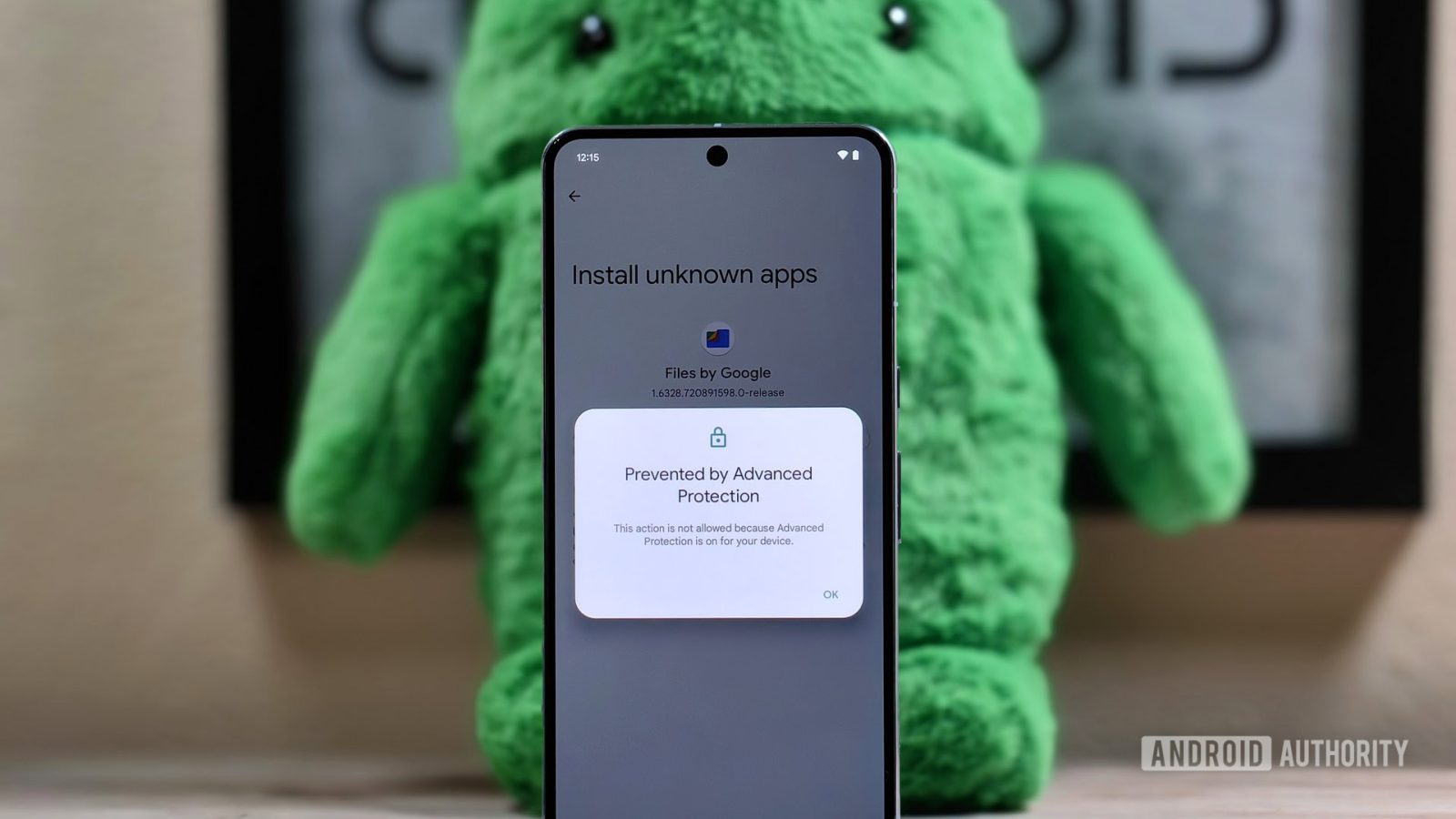
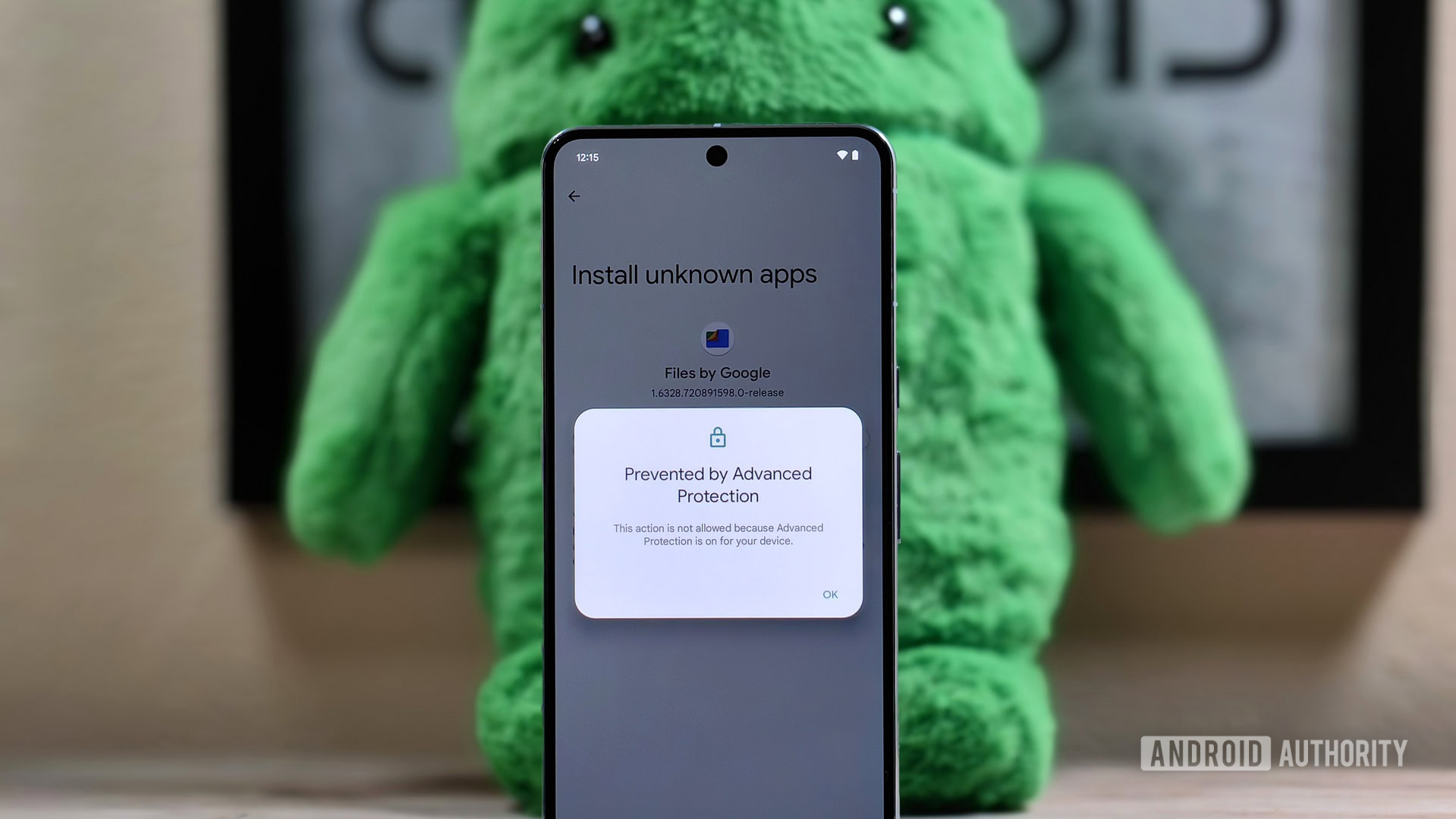
Mishaal Rahman / Android Authority
TL;DR
- The latest Android 16 beta has added an API that lets apps check if the user has enrolled in Advanced Protection.
- Advanced Protection is an enhanced security mode that beefs up account security, blocks sideloading, and more.
- The new API will let apps make Advanced Protection even more secure by tacking on their own security restrictions.
A good way to protect your online data is to lock down your accounts as much as possible, but if you aren’t content with just enabling two-factor authentication and calling it a day, then you’ll have to deal with a hodgepodge of settings. Not every app and service offers the same security features, and even if they do, you’ll have to dig through their settings interfaces to find them. That can be annoying and confusing, so to help solve that, Google is working on a new feature for Android 16 called Advanced Protection that can activate comprehensive protection with a single click.
You’re reading an Authority Insights story. Discover Authority Insights for more exclusive reports, app teardowns, leaks, and in-depth tech coverage you won’t find anywhere else.
Android 16’s Advanced Protection mode builds upon Google’s Advanced Protection Program, which was introduced in 2017 to provide an extra layer of security for people at high risk of being hacked. The program adds rigor to security by requiring the use of a security key or passkey to sign into a Google account, blocks potentially harmful files from being downloaded, and disables installing apps from outside the Google Play Store. Android 16 adds to these protections by also disabling 2G connectivity and enabling MTE (a feature that helps apps detect memory-related vulnerabilities) for apps that support it, providing even stronger protection for enrolled users.
Furthermore, Android 16 introduces a new API called AdvancedProtectionManager that lets apps check if you are enrolled in Advanced Protection. This is significant because it means apps can toggle their own security features based on whether you’re enrolled in the program. For example, an app like Signal could automatically enable its built-in screen lock and screenshot blocking features for those enrolled in Advanced Protection. Without this API, apps have no way of telling if you’re part of the program, so you would have to manually enable additional security features. With this new API, though, apps can quickly tell that you prioritize security and then enable additional security measures.
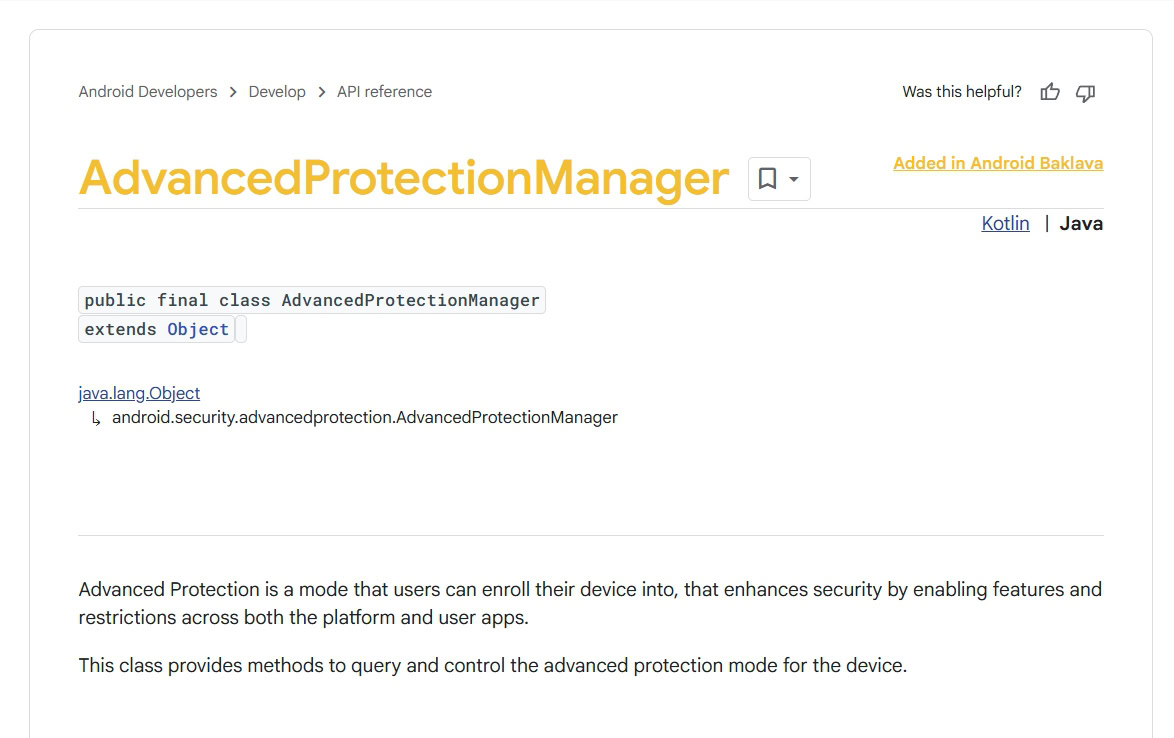
Mishaal Rahman / Android Authority
Although the new AdvancedProtectionManager API is included in Android 16 Beta 2, there’s currently no way to enable the new Advanced Protection mode. Simply enrolling yourself in Google’s Advanced Protection Program isn’t enough, as Android 16 Beta 2 doesn’t sync the program status with the OS feature. That will change once Google rolls out the new “Advanced Protection” page in Google Play Services, though.
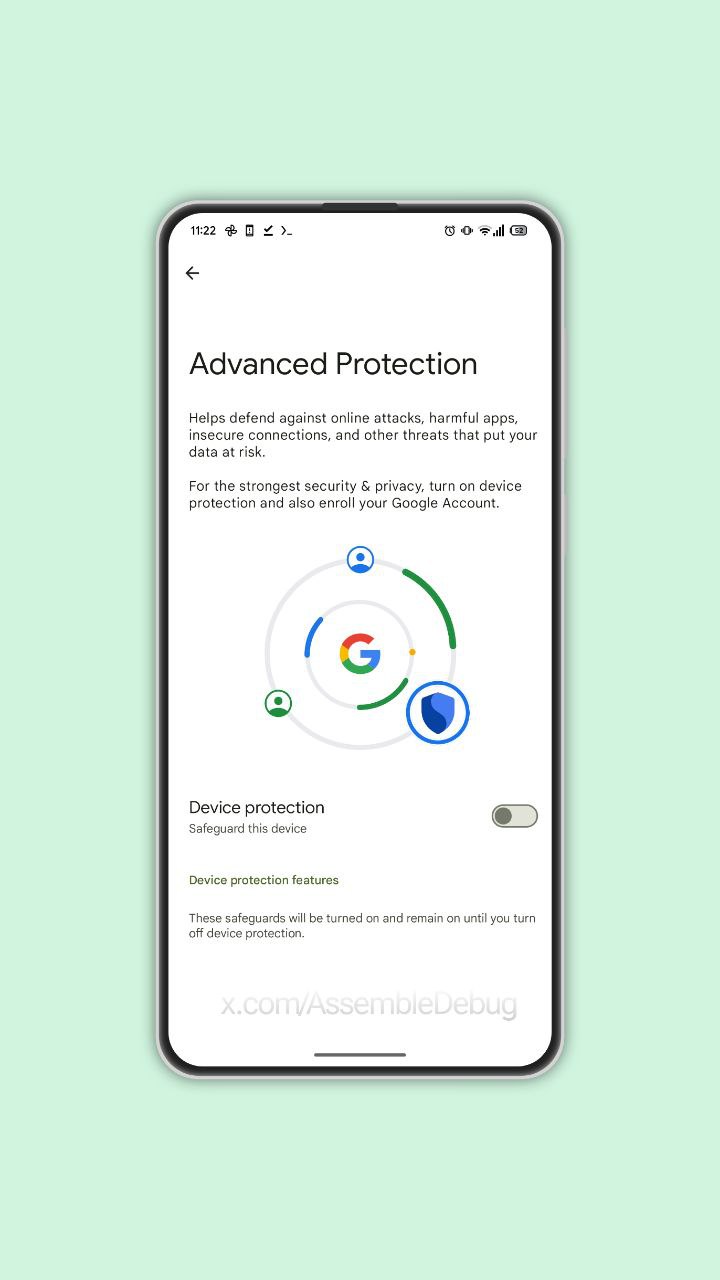
Once Google makes the OS-level control available, it will be interesting to see what apps take advantage of the new API. Whether Advanced Protection achieves its goal of one-click security depends on whether apps support the new API, after all. Regardless, it’s encouraging to see Google implement new security features in Android 16 that will protect people from scams and hacks.
See also The Apple TV App Is Now Available On Android: Watch Apple TV+ And MLS Season Pass - 9to5Mac
Got a tip? Talk to us! Email our staff at news@androidauthority.com. You can stay anonymous or get credit for the info, it’s your choice.
What’s your reaction?
Love0
Sad0
Happy0
Sleepy0
Angry0
Dead0
Wink0





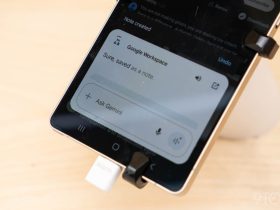

Leave a Reply
View Comments